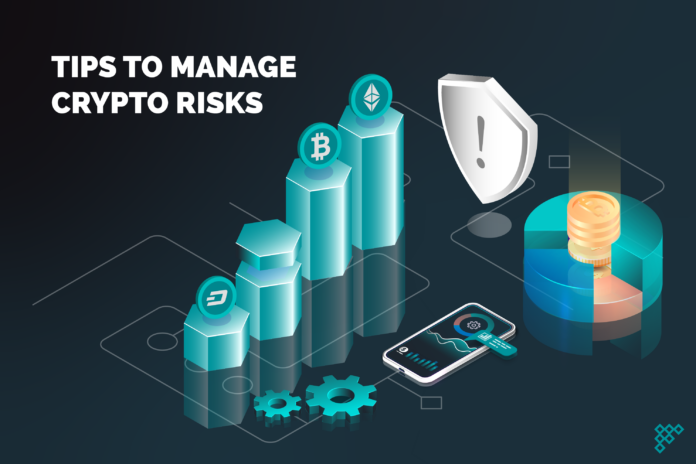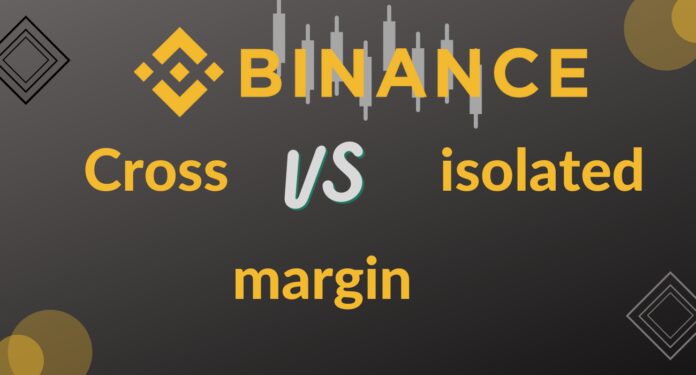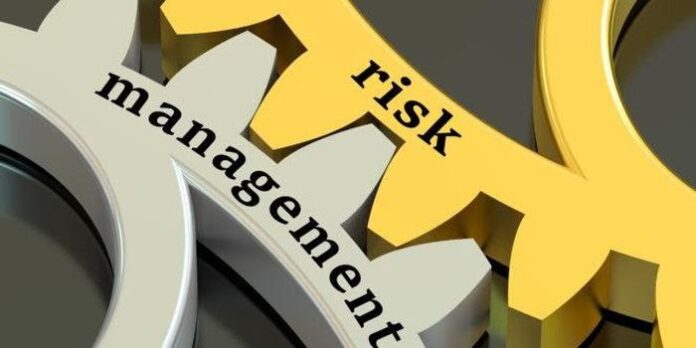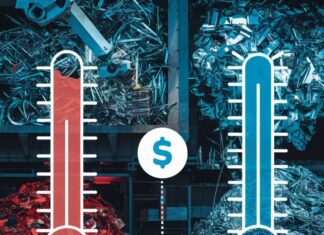One of the most contentious issues in trading is financial risk management. Traders aim to minimize their risk and potential loss, but they also want to maximize their earnings. It is well understood that in order to get higher profits, you must also take greater risks.
Some may consider cryptocurrency trading to be a fun and challenging sport, but everyone should be aware that risk management in cryptocurrency trading is the most crucial component of cryptocurrency trading.
Crypto Risk Management Strategies

To be successful in crypto futures trading, you must have a sound risk and money management strategy in place.
1. Make a trading plan

One of the most challenging battles for a trader is the fear of missing out. A trader may enter a trade expecting it to continue up (or down), only to discover that it has reached its peak and reverses. Trading with a plan removes the emotional element from the equation and forces analysis, which is critical. Click here to join thousands of crypto traders and start trading cryptocurrency.
2. Always have a stop loss in place
No one likes losing money, and being in a losing trade can be difficult, but it is always preferable to lose a bit and live to trade another day than to stay in a losing trade expecting for it to reverse and continue to decline. However, just because you’re in a lucrative trade doesn’t mean you shouldn’t set a stop loss! It’s just as important to move your stop loss to entry to safeguard your portfolio and keep your profit!
3. Remember to make a profit
We all want to buy at the very bottom and sell at the absolute high, but this is extremely rare and difficult to achieve. We can plan and analyze all we want, but the market has its own mind, and things don’t always go as planned. When you are in profit, however, taking profits on a regular basis is an important part of risk management. Instead of waiting for the exact top, take profit on a regular basis so that if things turn around, you’ve already made money, and your trade can become risk-free with your stop loss adjusted to entry.
4. The rule of one percent
Unsuccessful traders frequently have a huge position that accounts for a significant amount of their portfolio. This raises the risk since if the trade doesn’t work out, the loss will be a significant chunk of your portfolio, leaving you with less to trade with. Trading with a little amount of your portfolio is considerably better. If something goes wrong, you’ve limited the amount of money you can lose, so it won’t hurt your total portfolio. Investing is not a get-rich-quick scam! Over time and many successful trades, a successful trader grows and expands their portfolio.
5. Margin

Isolated and cross margins both have advantages and disadvantages; however, we generally choose isolated margins. An isolated margin keeps your position’s risk to a minimum. You can go above 100 percent negative using cross margin, but your portfolio is at risk. While there may not appear to be many advantages to employing gross margin, there are. Nonetheless, it is not recommended for usage by anyone who is not a seasoned and professional trader.
6. The risk-to-reward ratio
The risk/reward ratio indicates how much money a trader can make for every dollar he or she risks on an investment. Consider the following illustration: A risk-reward ratio of 1:3 indicates that an investor is ready to risk $1 in exchange for the possibility of earning $3. This ensures that potential losses are kept to a minimum. It also implies that even if you have one successful transaction and one unsuccessful deal (you make $3 profit on one and lose $1 on the other, leaving you with a net $2), your portfolio will grow.
7. Quality trumps quantity

Overtrading traders are the ones who waste the most time and money. Quality above quantity is the key to a successful trade. Not all market conditions will be favorable to your strategy. Swing trading is most effective when markets are trending, but automated scalping is most effective when prices are stable. According to VectorVest, swing trading is most effective when markets are trending, but automated scalping is most effective when prices are stable.
To locate good trades, you must first figure out which trading style suits you most, as well as the correct market conditions.
8. Have a Plan B

On the charts, identify critical support and resistance levels and plan your trades ahead of time. Calculate the risk-to-reward ratio and create profit targets. Traders can either add to their position during strong trends or scale out to lock on profits.
You should also use stop orders to protect yourself if the markets turn against you. Keep in mind that stops aren’t always effective when the market moves too quickly, and you could end up with a terrible fill owing to slippage.
9. Don’t believe the hype
A trader’s deadliest adversaries are the fear of losing money and missing out. You can end yourself buying tops if you get too greedy. You might cash out your stake at the bottom of a dump if you sell in a panic. The half of the struggle is managing emotions and being objective.
When the euphoria reaches its pinnacle, the markets usually enter their distribution phase, which might lead to a downtrend. The media is notorious for being late to the party, reporting on trends after the markets have become inflated. Get in ahead of the throng and sell at a profit when the frenzy peaks.
Conclusion

Perhaps the most important consideration in developing an efficient crypto risk-management plan is to avoid placing old financial terminology on a new asset class. While crypto remains speculative, there is growing consensus that the underlying technology, networks, and crypto assets have value. The question of how to correctly identify and measure that value is still being worked out, but it will ultimately affect investor perceptions of risk in the asset class.









